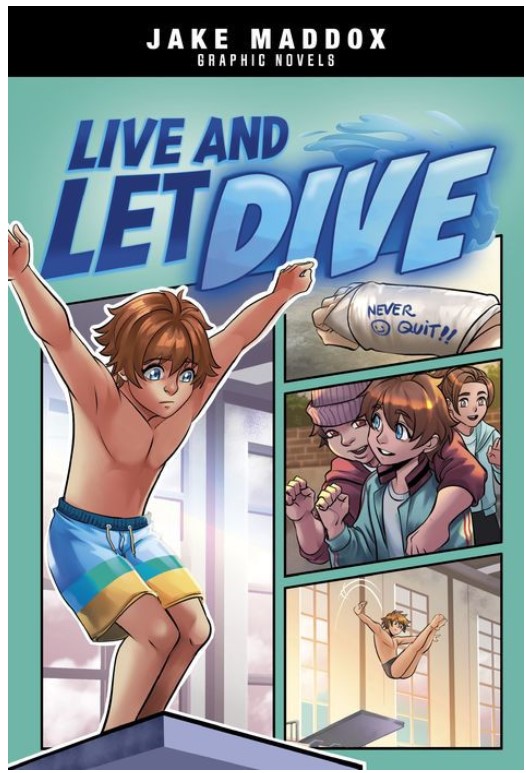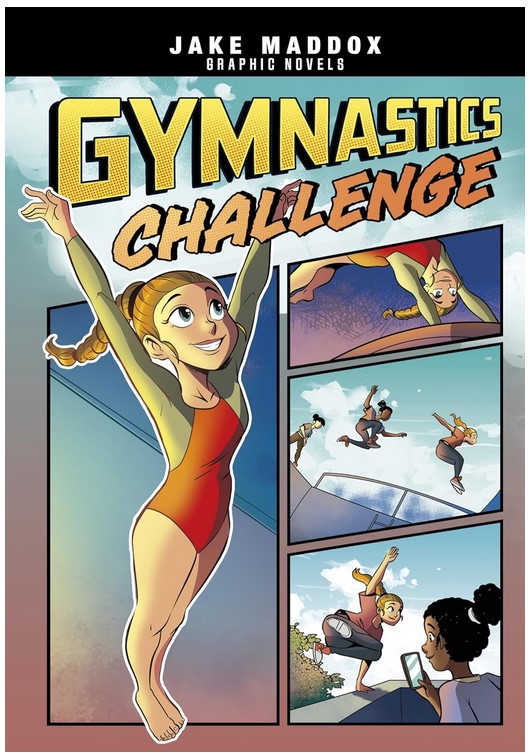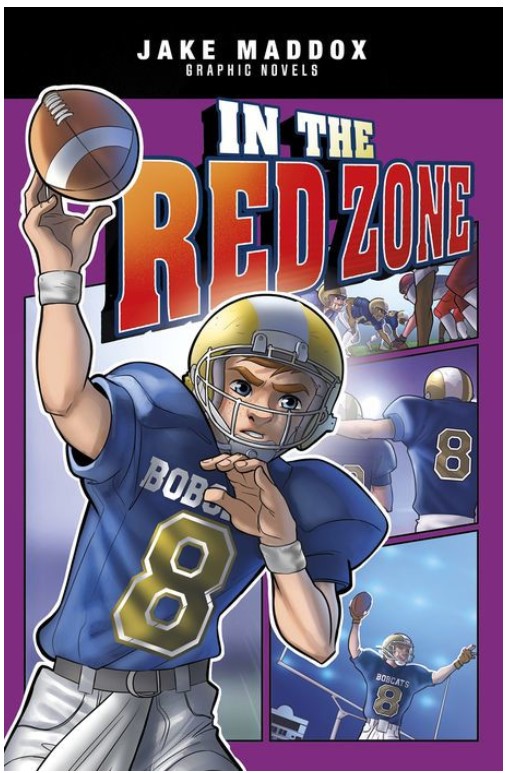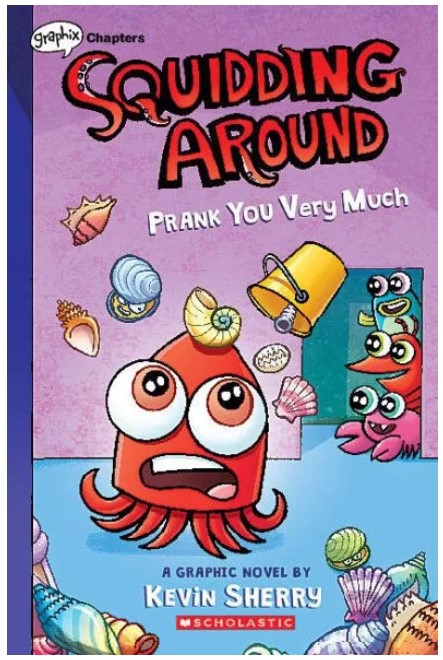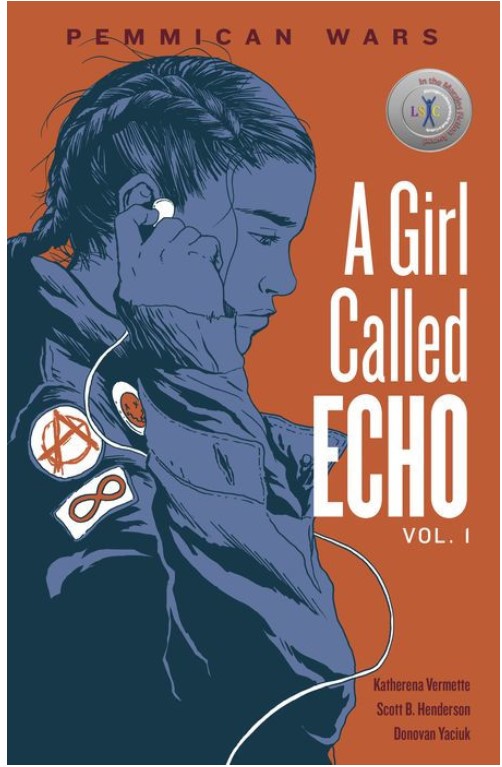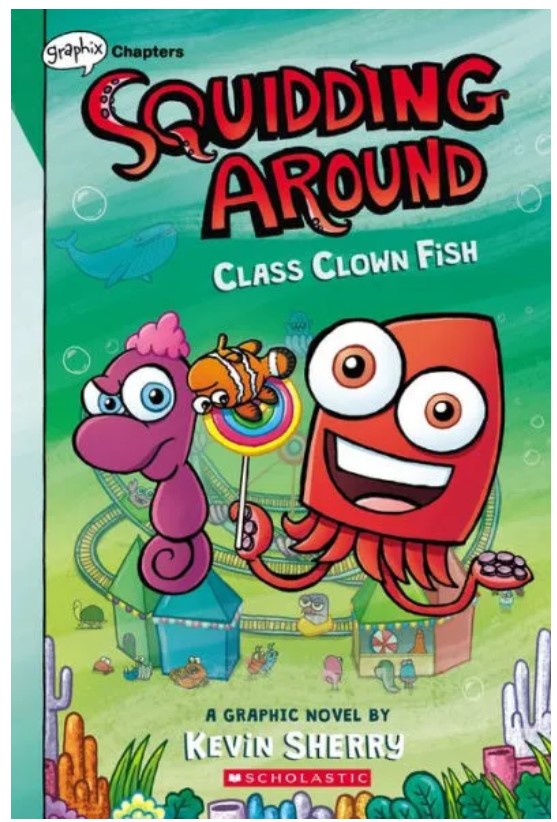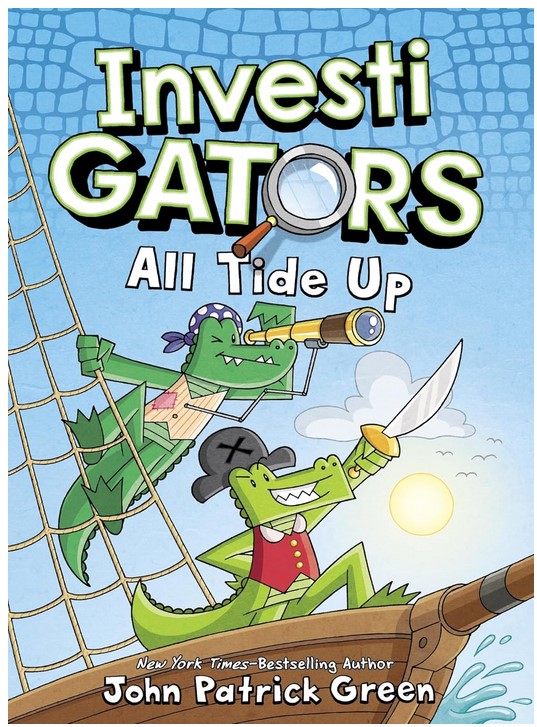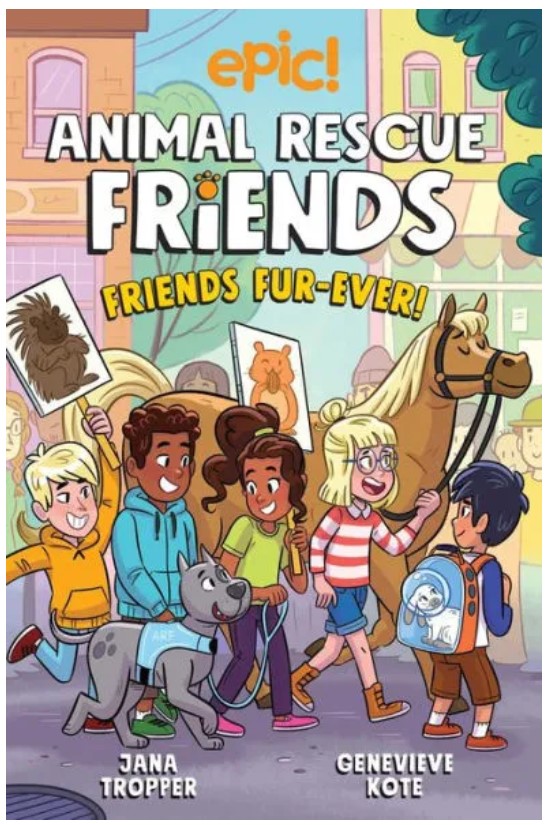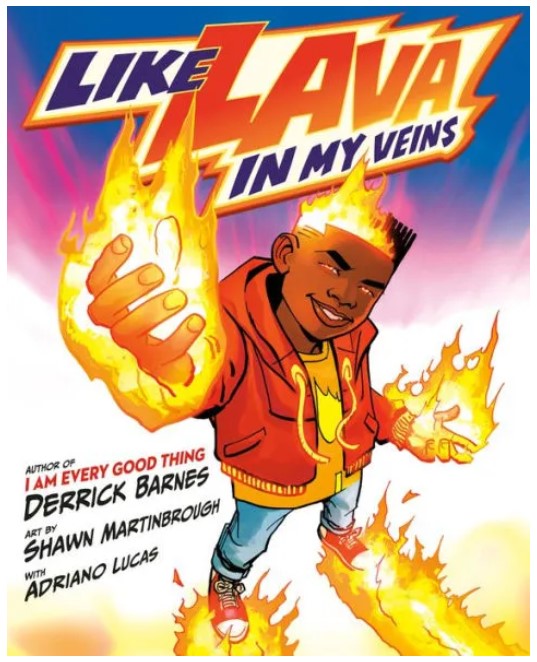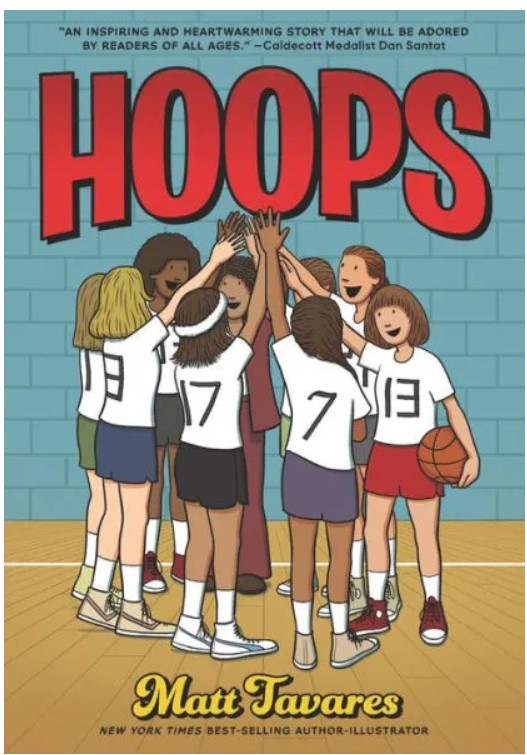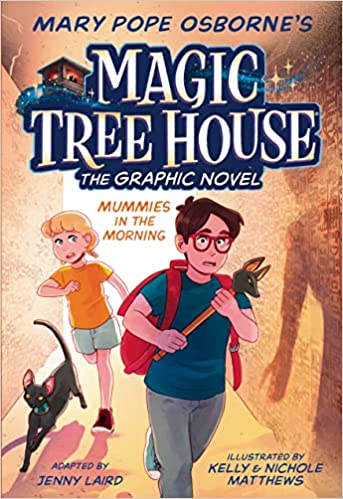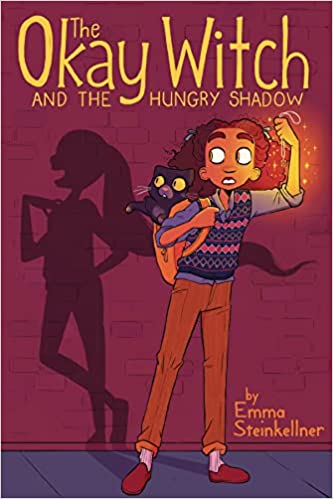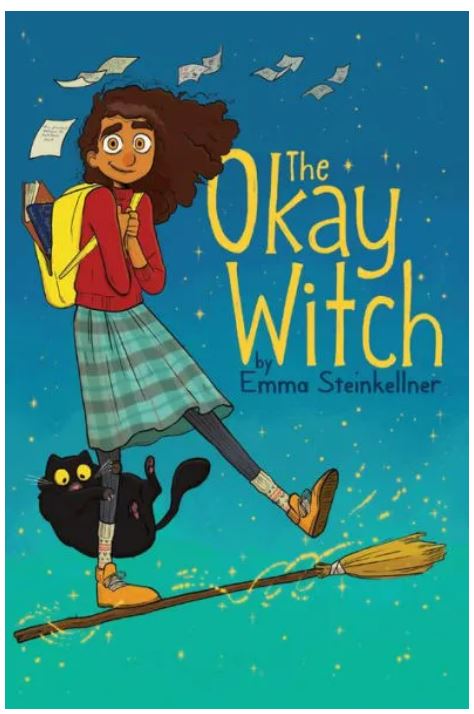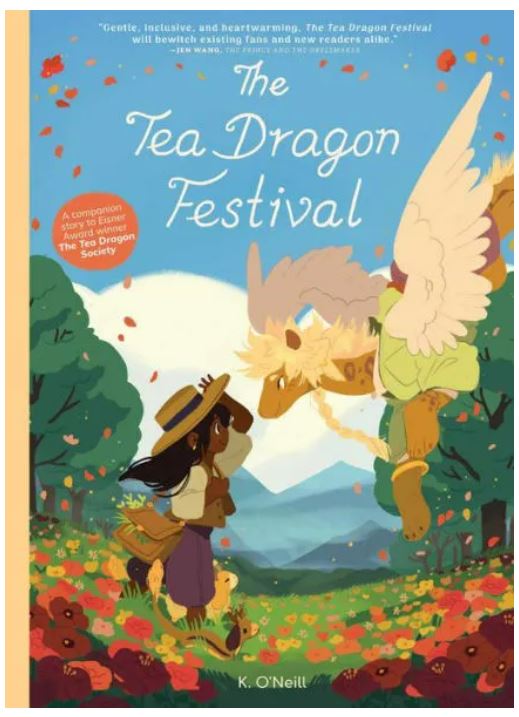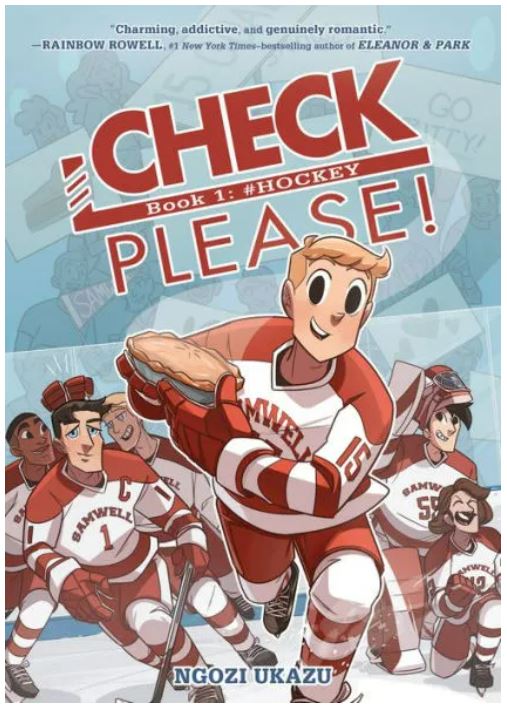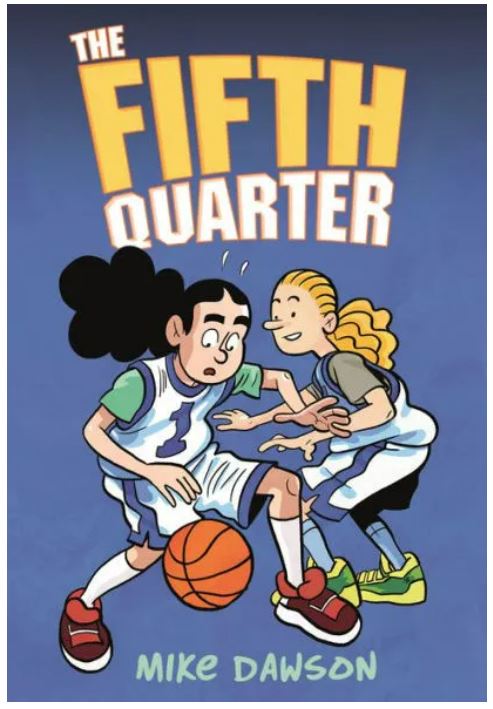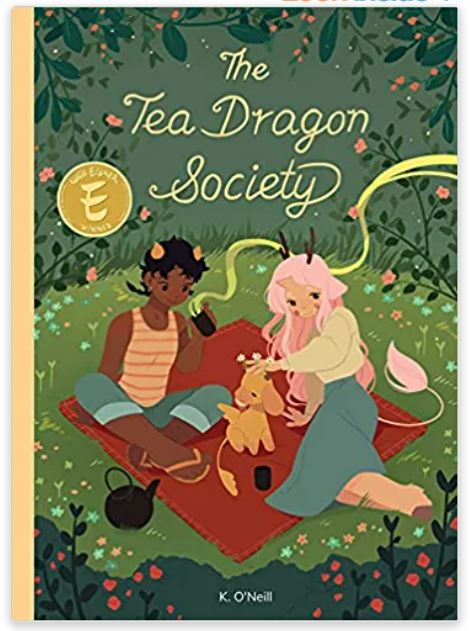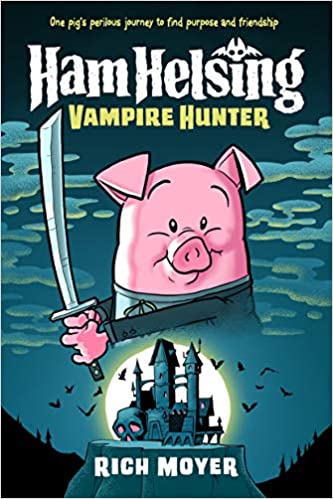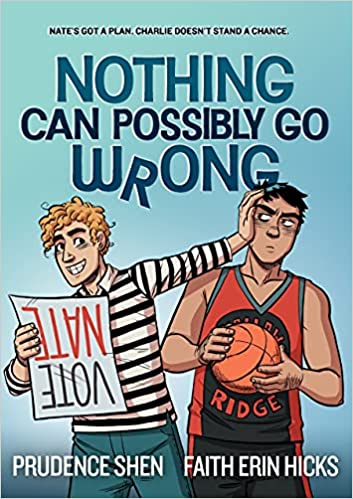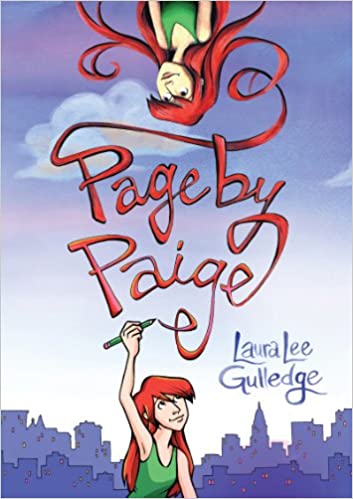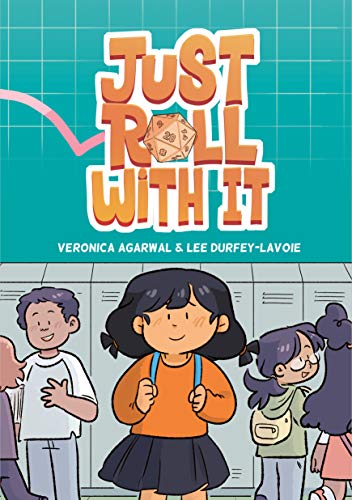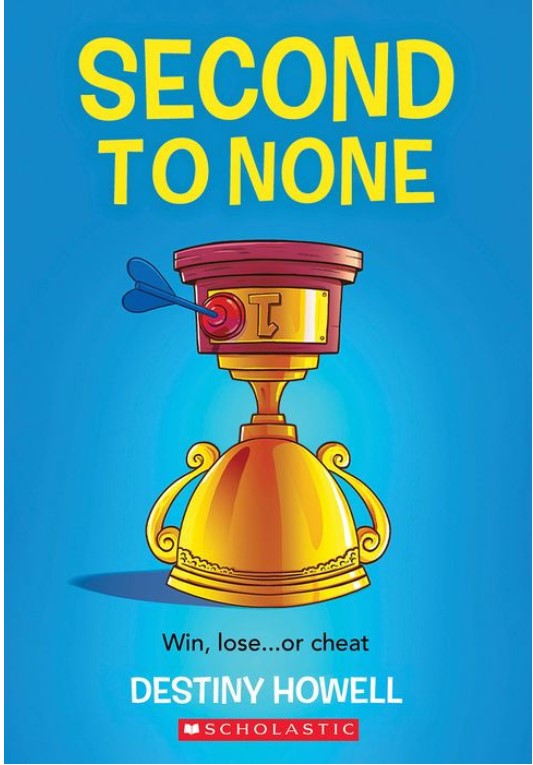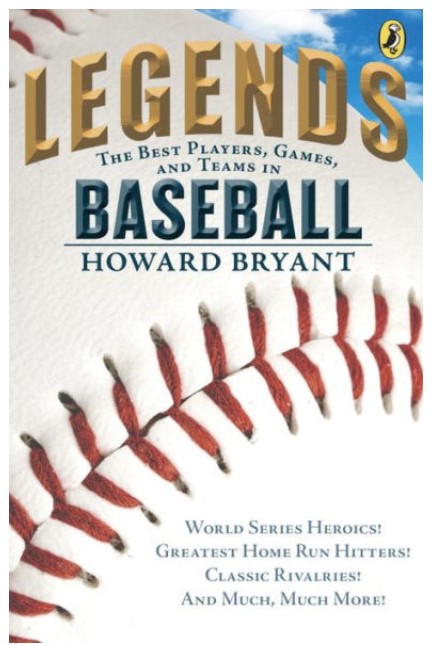Quinn is a quitter. With the unfortunate nickname of “Quitt,” he is infamous for constantly quitting every new sport he tries, which disappoints his friend, sister, and, worst of all—his dad. Everything changes when Quinn decides to compete for the diving team. Although the sport is difficult and he is not very good, Quinn enjoys the action and challenges himself to finish the season. However, things go wrong when Quinn breaks his arm in a freak bicycle accident, throwing his diving season into jeopardy. Can Quinn overcome this injury and finish the season?
Live and Let Dive is told from the perspective of Quinn, a young boy who loves trying new things but struggles with commitment. In the beginning, Quinn’s portrayal as a person who frequently gives up is uninspiring for readers. However, his character development is evident throughout the story, as he learns the power of determination and self-confidence to finish what he had started, making him feel realistic and admirable. At the end of the story, Quinn even acknowledges that “You have to keep looking for something you love, even if it’s hard. If you don’t find something you like right away, keep trying.”
Despite Quinn’s unwanted reputation, he learns to push through the hardships and rewrite his narrative by successfully finishing the diving season. Not only does Quinn make his friends and family proud, but he also rebuilds his own self-confidence, demonstrating the importance of perseverance and determination. Quinn’s story ultimately urges readers to tackle their biggest challenges with an uplifting mindset and positive attitude.
Live and Let Dive presents its story in an engaging graphic novel format. Each page contains two to six panels in a gorgeous comic-like art style, where the characters and settings are detailed enough without overwhelming readers. The book also incorporates several fun graphic novel aspects, such as movement lines and overlapping panels, to enhance its illustrations, giving the scenes a realistic feel. Although the story uses frequent dialogue with small text and an extensive vocabulary, the illustrations will help younger readers follow the plot, especially since each scene is illustrated in a precise and exciting manner.
Live and Let Dive is part of the Jake Maddox Graphic Novel series, which focuses on inspiring lessons in sports and competition. Alongside its colorful illustrations, the book also features additional content, such as a glossary, fun facts about diving, and “Visual Discussion Questions,” which ask the reader to identify how the art style reflects the tension and emotion in each scene. Live and Let Dive is an exciting and inspiring story about diving and an engaging graphic novel that showcases the importance of perseverance, commitment, and self-confidence.
Sexual Content
- None
Violence
- None
Drugs and Alcohol
- None
Language
- None
Supernatural
- None
Spiritual Content
- None
